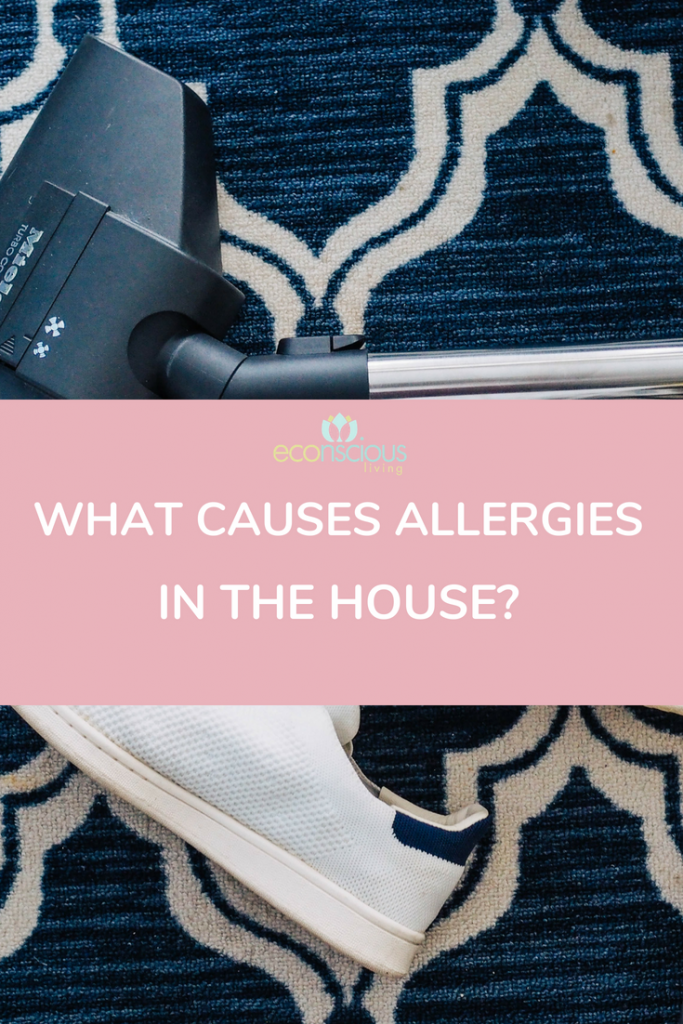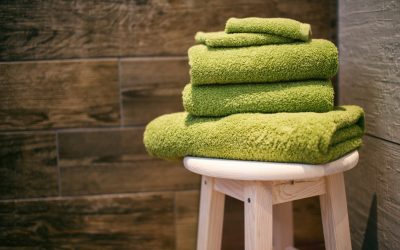What Causes Allergies in the House?
Allergic diseases have doubled in western countries over the last 25 years. It’s hard not to notice, especially if you have school-aged children The causes or triggers of allergies and sensitivities are complex and often multi-factorial. They have baffled scientists and health practitioners for years and brought great discomfort to many.
Asthma, eczema and hayfever plague about 20% of the Australian population and 1 in 3 children are affected by the age of 5. Australia actually has one of the highest rates of asthma in the world. One in nine Australians or 2.5 million people suffer from asthma. An Australian dies every day from an asthma attack.
Whether you suffer as a result of asthma, eczema, house dust mites, pets, fragrances, chemicals or the like, read on, because the solution to your discomfort may actually be close at hand. Fortunately, there are many actions you can take to make yourself or your children feel better in no time. Before we look at some simple actions you can take, let’s first look at what causes or rather triggers allergies in the house.
RELATED: Chlorine Water in our Homes – the Good, Bad & Ugly Effects
What Causes Allergies in the House – Sources of Allergens

Although one can have a genetic predisposition to allergies, it is exposure to environmental allergens, irritants and infections that determines a person’s sensitivity to inhalant and dietary allergens. Environmental factors are much more likely than genetic factors to have caused a large increase in the numbers of people worldwide suffering from allergies such as asthma. According to the USA National Institute of Health, the strongest risk factors for developing asthma are indoor allergens such as house dust mites in bedding, carpets and stuffed furniture, cat dander and cockroach allergens. Here are some of the main triggers of allergies in the house:
- contaminants in your domestic water supply (for example chlorine, pesticides)
- fragrances and other chemicals in skincare and cleaning products
- dust and house dust mites
- pests such as cockroaches, mice and rodents
- pets such as cats, horses, rabbits and dogs – about 10% of the population have a pet allergy
- petroleum by-products (stored in your garage or from your car)
- pollen brought inside from outdoors – seasonal symptoms may be a clue here
- tobacco smoke – contains hundreds of toxic chemicals
- pesticides– either airborne or brought in on your shoes
Let’s have a deeper look at some of the key contributors to allergies in homes starting with fragrances.
Fragrances
The strongest risk factors for developing asthma are inhaled substances and particles. Perfume and fragrances are just one of these irritants. In fact, perfume was voted ‘Allergen of the Year’ by the American Contact Dermatitis Society in 2007.
Eliminating all artificial fragrances in your home and any aerosols is a great start to get this one under control. Artificial fragrances are found in everything these days: your cleaning and personal care products, perfumes, air fresheners, incense sticks, bin bags, shoes and pencil cases. The list goes on and on. Anything with an artificial fragrance quite simply must be replaced with either fresh air or products made only with pure essential oils. Be warned! Some highly sensitive people can’t even tolerate essential oils and there are many essential oil companies that use synthetic ingredients.
Nothing quite beats the smell of clean, fresh air in a home so be sure to open your windows and doors every day. It’s one of the main reasons our indoor air is up to five times more polluted than our outdoor air.
Chemicals
Of course, many of the products we use on a daily basis are full of toxic chemicals and hence allergens and irritants. The simplest way to manage this is to download the Chemical Maze app and use it when shopping for truly non-toxic products. It is likely that you are buying many products on the basis that they are advertised as eco, organic, natural or green but they usually aren’t. It’s called greenwashing: the exaggeration of a product’s eco or ethical credentials to sell, sell, sell. Don’t be fooled, download the app or buy the book and check everything you currently use. I also use the EWG app a lot.
Dust
Purchasing a good vacuum cleaner is critical if someone in your household suffers from asthma or allergies. A good vacuum cleaner is one that has a HEPA (High-Efficiency Particulate Arrestance) filter or similar, which removes minute airborne particles. Standard vacuum cleaners just recirculate these small particles back into the air until they settle back down and you need to vacuum them up again.
Carpets are also a dumping ground for allergens and chemicals. They gather huge amounts of dust which you can’t come close to shifting with a standard vacuum cleaner. Vacuums with a HEPA filter and also a motorised head is the only way to to get on top of carpet dust. Ideally, avoid having carpets especially if you have allergies.
Removing your shoes before entering the home is a really simple way to reduce dust and the chemical and bacterial load that comes with it into your home. Your shoes carry pesticides, heavy metals, pet dander and chemicals inside your home from outside and it all gets trapped as dust. You can reduce the dust load in your home by a whopping 50% by this small action!
Save this post for later – pin it!

House Dust Mites
About 20% of the world’s population is allergic to house dust mites. They are the most common cause of asthma and allergies worldwide. Use your HEPA filter vacuum on your floors regularly but also vacuum your mattress regularly, as soon as you get up in the morning when the dust mites are active. If possible, air the mattress in the sun or by a sunny window. For children, freezing soft toys in a plastic bag for 12-24 hours and then washing in hot water also helps. You can purchase dust mite protectors for your mattress and pillows. Dust your rooms often with damp micro-fibre cloths to physically remove the dust.
Pets
Pets can cause allergies but not because of their hair as most of us think. It’s actually an allergy to the protein in the saliva of dogs and the sweat from cats. Buying a ‘hypoallergenic’ dog does not help. If you are allergic then, ideally, you need to keep pets outside. If they are kept indoors, as well as using the HEPA filter vacuum cleaner, you should also consider purchasing an air filter with a HEPA filter. It’s also not a good idea to allow pets to sleep on your bed or use carpeted areas. Thankfully in our home, we don’t have any pet allergies or our dogs would be very upset with us! Also, if you are moving into a new home it’s worth checking if the previous owners had pets as you may still be affected if you are sensitive.
Pests
To eliminate pests, which can cause allergic reactions, you need to get rid of whatever is attracting them. Usually food, water or shelter. Don’t use toxic chemicals to eradicate them. Traps are preferable for cockroaches and rodents.
A final note
Overuse of chemicals along with overly sanitised homes may well be the reason we are seeing an increase in allergy rates. Studies show that exposing your children both in the womb and at a young age to a range of bacteria from pets and farm animals, results in lower rates of asthma and allergies. Minimising the use of chemicals in the home during pregnancy and around young children also lowers the risk.
Put simply, by making simple changes in your home you can often eliminate or reduce allergies or sensitivities, even though you may never know exactly what the trigger was.
In a previous blog, I looked more closely at the effects of chemicals such as chlorine on allergies, such as eczema. As I mentioned at the start, what causes allergies in the house can be a variety of triggers, and actually dietary factors play a role in certain allergies too. Your health practitioner can help you with this.
If you feel that your home or workplace could be affecting your wellbeing, or would like to discuss this topic in more detail, feel free to book a 30-minute Mini Consult with me.
Related Posts
Why You Should Have a Home Sauna for Better Health
Quite simply if there was a pill that did ALL the things that research is showing us saunas do, you would be taking it. Here’s why and my recommendations
Quick Guide to Wifi Radiation Protection in Your Home or Office
Want to reduce your exposure to EMFs in the home? Follow this quick guide to WiFi radiation protection and take action today! Start reading
5G in Australia & How You Can Protect Your Health
You’re going to hear a lot about the 5G rollout in Australia over the coming years but the EMF effects on health isn’t a new topic – you need to know this.





